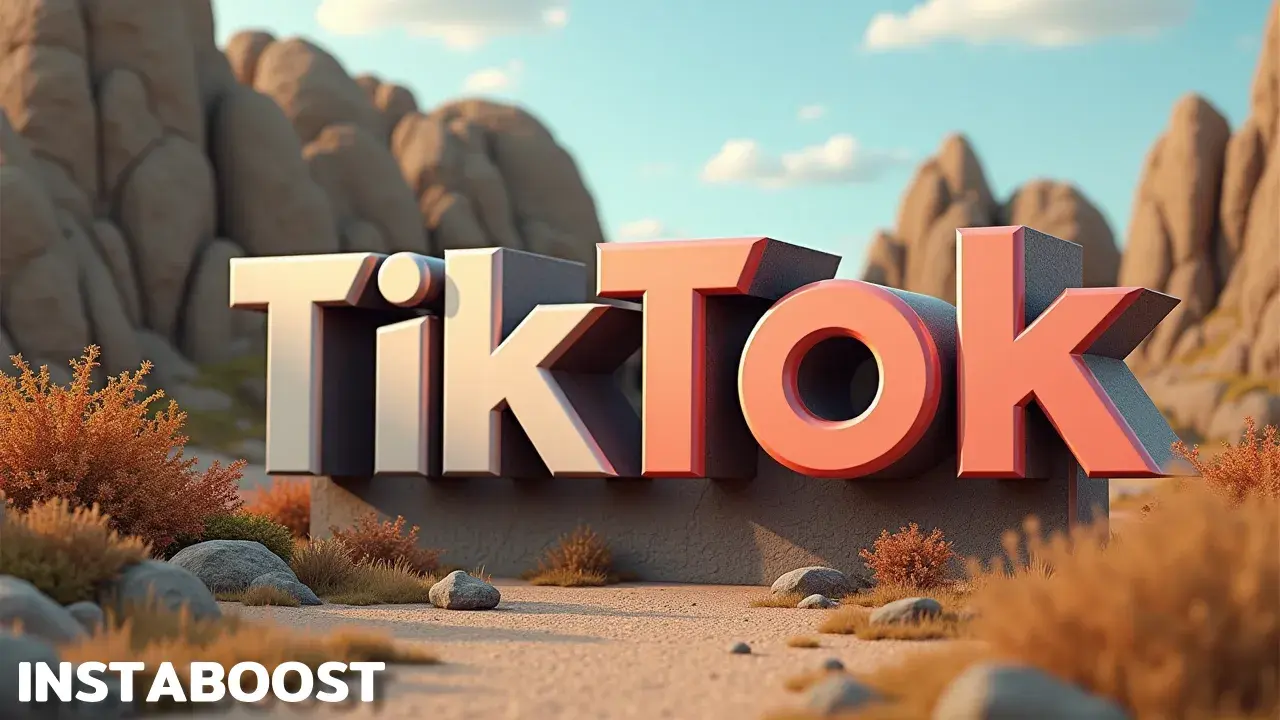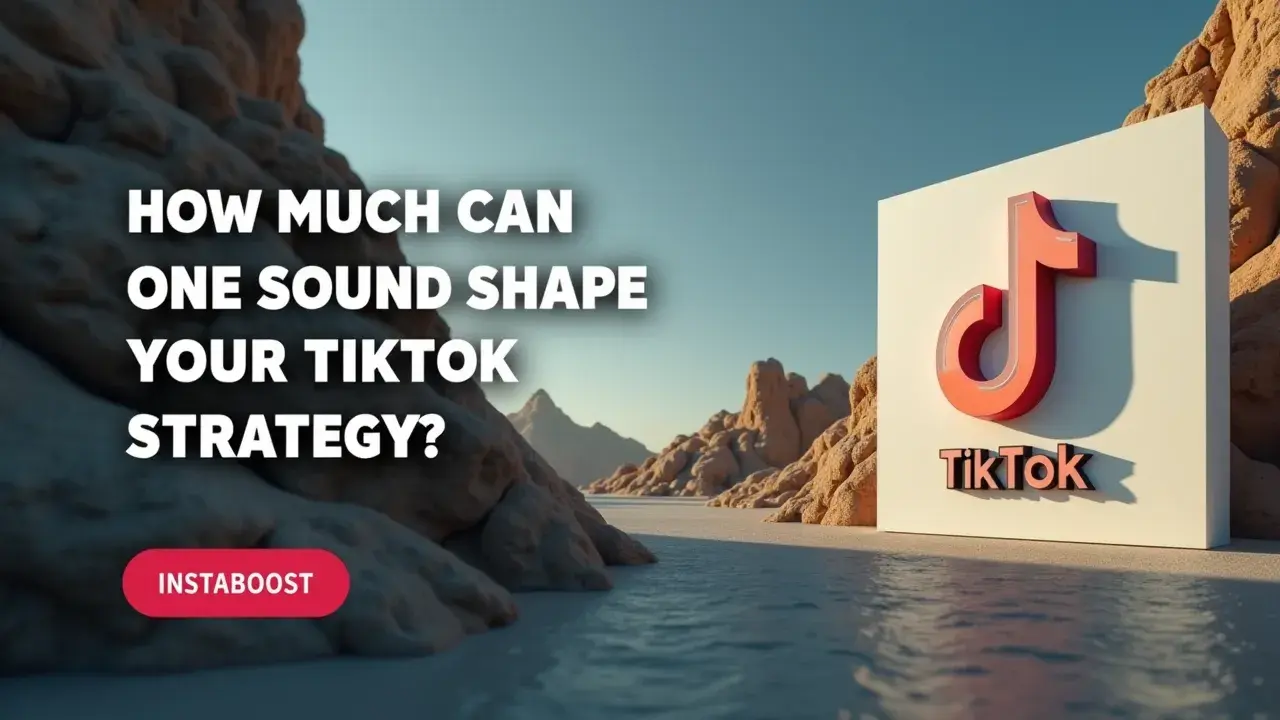How Much Can One Sound Shape Your TikTok Strategy?
Centering a TikTok plan on one sound can meaningfully shape theme, pacing, and edits. This focus builds recognition, supports audience memory, and often yields a small lift in saves when execution aligns with the sound’s rhythm. Track how watch time holds in the first hour to refine cuts and cadence across posts. A consistent, repeatable rhythm paired with simple measurement is a smart path to incremental growth.
The Single-Sound Strategy, Explained
Centering your TikTok plan on one consistent audio can be an efficient growth lever because it simplifies choices. The tempo sets your cut points, the mood guides your visuals, and repetition trains audience memory. The upside isn’t mystical. It’s operational. When every clip shares a sound, you standardize pacing, lower edit friction, and make it easier for viewers to recognize you in the first two seconds. That recognition compounds if you pair it with clean analytics; frameworks like TikTok marketing made easy can help you define baselines without distracting from creative.
Track first-hour watch time, hold rate at 3 seconds, and saves to see whether the sound is pulling its weight or just riding algorithmic noise. It works when you treat the sound as a reusable scaffold, not a gimmick – a signature beat that anchors a repeatable format. Layer in real comments you can reply-stitch, small creator collabs that fit your niche, and targeted promotion from reputable partners to add early momentum without faking demand.
If you test two or three cuts per week and keep a tight feedback loop, one sound can become a brand cue that nudges retention and repeat views. The caveat is fit. A trending audio mismatched to your intent can spike impressions but stall watch time.
If you test two or three cuts per week and keep a tight feedback loop, one sound can become a brand cue that nudges retention and repeat views. The caveat is fit. A trending audio mismatched to your intent can spike impressions but stall watch time.
A niche sound aligned to your theme often performs steadier and scales more easily. Use safeguards. Monitor decay curves, refresh the hook every third post, and set a threshold – if the first-hour hold dips below your baseline, iterate the edit before swapping the sound. Done this way, a single sound doesn’t limit creativity. It creates a rhythm your audience learns to finish, which is exactly what TikTok’s For You Page rewards.

Proof It Isn’t a Gimmick: Why One Sound Builds Signal, Not Just Vibes
There’s a quiet reason the best strategies rarely go viral: they compound. A single-sound TikTok approach works when you treat the audio like a brand asset, not a trend. Consistency gives the algorithm clean signals. Similar intros, steady energy, and a familiar hook make watch-time patterns easier to read and improve. You can tell whether the first two seconds are pulling or leaking because the soundtrack stays constant and the creative is the variable. That’s how you tighten pacing and image order with intent, not guesswork.
You also build memory. When people hear your sound out in the wild, they expect your cadence and visual language. That recognition turns swipes into stops, lifts retention, and lowers costs. It’s credibility because it’s measurable. Set up a simple testing loop where every post using the sound is tagged, then compare first-hour hold, rewind rate, and comment quality against your baseline. If you want faster reads, pair the sound with controlled variables – one hook format, one framing style – then expand.
Use creator collabs to seed the audio into new circles, and stick with reputable partners whose audience fits your intent. Uneven fits dilute the signal. Paid promotion can add early momentum if the ad set targets your core interest bucket and you cap frequency to protect organic data. The smart safeguard is clean analytics. Separate the sound’s performance from topic and thumbnail so you’re not crediting the music for a story problem; the same goes for vanity spikes from sources like tiktok followers buy when they obscure true retention and resonance. One sound won’t carry weak ideas. Matched to a repeatable concept, a steady posting cadence, and real comments that show resonance, it quietly turns your TikTok strategy into an engine you can tune.
Dialing One Sound Into a Repeatable System
Strategy is clarity in motion. Treat the audio like a metronome and a tag – your anchor for pacing and your cue for recognition – and build a small operating system around it. Map beat markers to edit decisions: A-roll on downbeats, cutaways on fills, text pops in the pre-chorus, and the same two-second hook so viewers clock you before they decide to scroll. That makes your TikTok strategy measurable because the structure stays fixed. If watch time dips at the same bar across uploads, you adjust the content, not the framework. Pair the sound with clean analytics – a template timeline, a naming convention for versions, and a simple testing loop where Variant B changes only one element like the opening shot, caption, or CTA.
Early momentum often comes from retention signals and real comments, so script one comment bait that matches the sound’s mood – a question, a challenge, or a stitch invite – and keep it consistent long enough to judge lift. If you use targeted promotion or a small paid boost, match it to posts that already hit a save-rate threshold, and remember that superficial metrics such as instant tiktok likes can’t substitute for genuine watch time and shares in the ranking model. Reputable spend amplifies clarity, not noise. Bring in collaborations when partners agree to the same audio and opening cadence so you get comparable data across creators.
The risk isn’t monotony – it’s drifting off spec. Guard against fatigue by rotating visual themes and formats while the tempo stays constant: product demo, micro story, or behind the scenes, all scored to the same sonic spine. This is how one sound shapes your TikTok growth – a recognizable hook that standardizes edits, speeds up learning across posts, and compounds brand memory, especially in the first hour when the algorithm tests your clip in a small audience sandbox.
When “One Sound” Looks Like a Crutch, Here’s What You’re Missing
I thought I’d cracked the code. Turned out it was just my screen. The worry makes sense: building a TikTok strategy around one sound can feel like training wheels or a cap on reach. It only becomes a ceiling if what sits under it stays static. Use the audio as the constant that reveals variables, not the trick that replaces them. If watch time dips at the same beat marker, it’s not the soundtrack – it’s the pacing or the cutaway.
If comments stall, it’s the prompt, not the chorus. That’s the pushback worth hearing: one sound doesn’t make your posts identical. It makes your testing loop honest. It works when you rotate creative angles against a clean baseline with new hooks, different visual beats, and sharper CTAs, while the metronome stays steady so the analytics stay clear. You can still stack early momentum with targeted promotion, but buy it like a diagnostic, not a vanity hit – reputable placements, small budgets, and safeguards so retention signals and real comments lead, not inflated views, and any peripheral metrics like tiktok story views are understood as context rather than outcomes.
Creator collabs fit, too, if they adopt your beat map so the structure carries across channels without diluting brand recall. This is how a single-sound strategy compounds: tighter reads on first-hour retention, faster iteration cycles, and a clearer lift in saves because recognition meets novelty. For search visibility, your “how much can one sound shape your TikTok strategy” answer is simple: enough to standardize measurement and make creativity measurable. The ceiling rises when your system is consistent and your ideas are varied. Keep the sound. Change the story.
Ship It: From One Sound to a Scalable Machine
This won’t wrap neatly, and that’s the point. You’ve already used the track like a metronome and a tag. Now turn that consistency into compounding returns. Keep the sound fixed for four-week cycles, then rotate variables with intent: topic angles, visual motifs, and the pacing of captions against the beat markers you mapped. Tie each upload to one metric matched to TikTok growth levers – first-3-second hold, 50% watch-through, or saves – and pair it with one accelerant when the signal is green. If the post clears your watch-time threshold in the first hour, qualify it for targeted promotion or a small spark of creator collabs to earn real comments, then log the outcomes in clean analytics so the system learns.
This works when your one sound is a cue for recognition, not a shortcut for creativity. Keep the two-second hook recognizable, but refresh the story beats and your cutaway inventory so returning viewers get novelty without extra cognitive load. The payoff is memory. A repeated audio fingerprint makes you easier to recall, which nudges search behavior and retention signals. That’s what can push a theme from occasional hit to reliable series. If saturation creeps in, don’t abandon the concept.
Swap to a sonically adjacent version and A/B the pre-chorus text pop against a new visual anchor. You’re not chasing viral luck. You’re running a testing loop where early momentum sets spend, collaboration, and cadence. One sound can shape your TikTok strategy because it gives you a stable spine for experimentation, the conditions for accurate measurement, and a faster route from idea to publish without losing the plot.















